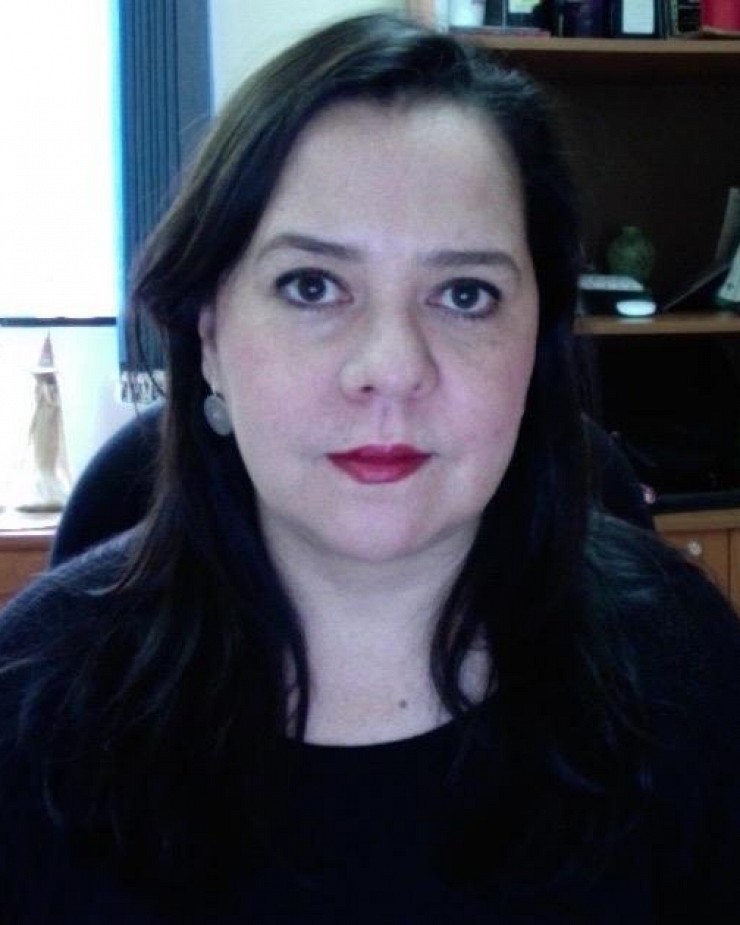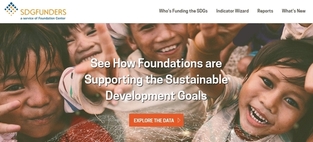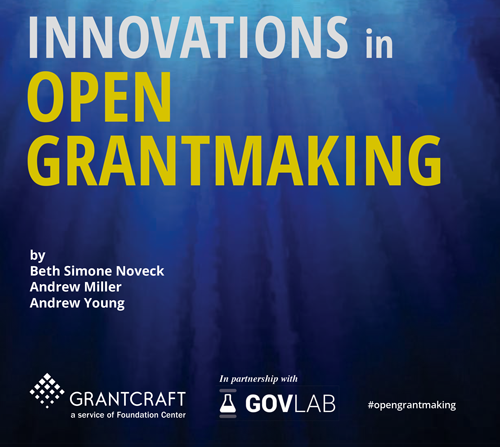The World is Upside-Down: What are Human Rights Funders Doing to Turn it Over?
What can Global South and East funders teach peer funders based in the Global North about sustaining intersectional social justice movements?
On January 21, one day after the inauguration of U.S. President Donald Trump, an estimated four million people participated in the Women’s March on Washington and sister marches worldwide. There was a mix of feelings among the participants: strength, sorority, solidarity, anger, rebellion, humor, and hope. The march included many demands, among others, sexual and reproductive rights and actions for climate change. Even more than a protest of the new President’s policies, the March spoke to the vast power of intersectional social justice movements.
Just two days later, President Trump revived a ban prohibiting federal resources from supporting international groups that perform or provide information on abortion as a family-planning option. A day later, I read that President Trump signed executive orders reactivating the Dakota Access and Keystone XL pipelines despite widespread resistance from local, indigenous as well as global communities.
President Trump’s first week in office was devastating for the human rights community. But all this goes beyond the U.S. and the Trump administration. Similar threats can be seen in Nicaragua, El Salvador, Honduras, Guatemala, and many other countries in Latin America and around the world. We are facing a global crisis that requires a global response.
It was against this backdrop that I started reading the International Human Rights Funders Group (IHRFG) and Foundation Center’s fifth edition of Advancing Human Rights: Update on Global Foundation Grantmaking. As I was reading, I found many interesting points – some areas that increased or decreased in relation to earlier reports, as well as new findings. Among others, the report highlights the growing visibility and vital role of Global South and East funders in advancing human rights – and the importance of collaboration.
According to the research, Global South and East funders provided $63.5 million through 2,259 grants to 1,837 recipients working to protect and promote human rights in 2014. Many of these donors are women’s funds that have taken the lead in mobilizing local and international resources that wouldn’t otherwise reach grassroots groups in their countries and regions. Hence, it is not surprising that Fondo Centroamericano de Mujeres (FCAM) and the African Women’s Development Fund made the list of Global South and East funders who delivered the most grants, with 155 and 153, respectively. What can these funders teach the field of philanthropy?
Funders cannot address today’s global challenges in isolation; we need to understand and build on the linkages among them.
According to the data, 37 percent of financial support was oriented toward advocacy, systems reform, and implementation, while only 7 percent and 3 percent of funding supported public engagement and grassroots organizing, respectively. We have to ensure that the voices of the most marginalized populations and communities are heard in spaces of decision making. We have to contribute resources to make this a reality, strengthen dialogue across movements, and establish open spaces and platforms for funders to engage.
Across movements for social justice, there is more that binds us than divides us. Whether we call ourselves human rights donors or not, to make the greatest impact, we have to pay attention to the commonalities and links that exist between our fields. For example, we see criminalization of social mobilization across movements; indigenous peoples face threats for defending their land and traditional practices; and abortion restrictions bring higher risks to pregnant women affected by health epidemics such as the Zika virus. Tackling these problems in isolation only reduces impact and increases duplication.
It is essential that we – foundations – work in collaboration to realize shared goals and break down silos.
We need to learn from our peer funders’ different approaches and experiences, create horizontal relations in which foundations in the South and North can collaborate as equals, and come together with key stakeholders beyond our usual circles to strengthen our grantmaking strategies and leverage more resources for human rights.
The Global Alliance for Green and Gender Action (GAGGA) offers one example. FCAM, in collaboration with Mama Cash and Both ENDS, launched this Alliance in April 2016. This five-year partnership with the Dutch Ministry of Foreign Affairs aims to strengthen the capabilities of grassroots groups, and use the momentum generated by collective power to lobby and advocate for women’s rights and environmental justice. GAGGA includes working with 11 women’s funds and four environmental funds, NGOs, and grassroots organizations to implement this project in 30 countries worldwide. The financial support is flexible and multi-year.
A key component of the program is bringing together diverse stakeholders to connect different social justice movements at the national and international levels. Global Greengrants Fund and Prospera – the International Network of Women’s Funds, both strategic partners in GAGGA, have already done important work to facilitate learning amongst environmental donors and women’s rights funders. Now, these efforts are streamlined and more effective. There are other interesting and important alliances that have been developed and continue to be negotiated. GAGGA is just one example illustrating the power of horizontal collaboration between foundations based in the Global North and South.
The Advancing Human Rights report confirms what we see in practice: funders are eager to strengthen the effectiveness of their human rights grantmaking. We want to involve key stakeholders and have the flexibility to incorporate innovative approaches. That’s why it is exciting to see new alliances among funders in the Global North and those in the Global South and East, allowing us to share knowledge around common challenges, opportunities, and intersections in our work.
We are working with movements confronting myriad threats – movements on the frontlines of the struggle – and as foundations we must maintain our commitment and obligation to support them effectively. Though at times the challenges overwhelm us, we must have confidence in the strength of social movements, in their resilience and ours. We must demonstrate and act on our shared commitment to social justice.
Breathe deeply and remember the words of Arundhati Roy: “Another world is not only possible, she is on her way. On a quiet day, I can hear her breathing.”
This article originally appeared on IHRFG's blog, to view the original article please click here.





